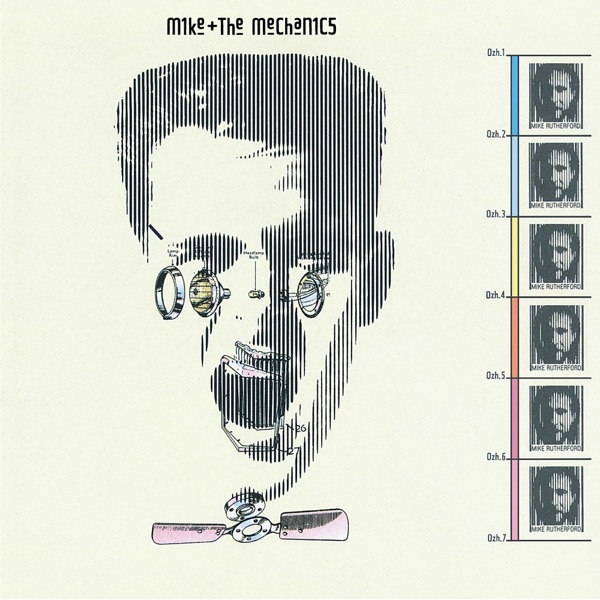
Monday 11th to Sunday 17th April 2022
There's nothing particularly special happening on the astronomy front next week, but Saturday 16th brings a Full Moon, easy to spot after dark towards the south east. If you are looking for faint deep sky objects with your telescope, this is the worst possible time as the Moon will be very bright and the sunlight reflecting from it creates the ultimate light pollution.
On the other hand, it is a great opportunity to observe some of the lunar features, especially the large dark flat areas that early astronomers used to think were seas or oceans. Of course we now know that these "mare", derived from the Latin word for "sea", are really large basaltic plains, created by ancient asteroid impacts.
They cover approximately 16% of the lunar surface facing us and appear dark because of their iron-rich composition. Curiously, there are only a few small mare on the dark side of the Moon that is always facing away from us.
The mare are easy to identify with the naked eye, but if you fancy a bit more of a challenge you could have a go at locating some of the lunar craters that were formed by smaller impacts. The Moon has 9,137 of them in total! The most obvious crater towards the south of the Moon is called Tycho. It is a relatively young crater, estimated to be only 108 million years old! Stretching away from Tycho is a prominent ray system and you can almost imagine the object that created the crater going "splat" as it hit!
I have included diagrams showing the mare, courtesy of Ian Morison and the major craters, courtesy of Wikipedia.
Copyright Adrian Dening and Radio Ninesprings 2022



 Adrian Dening's Stars Over Somerset
Adrian Dening's Stars Over Somerset
 False Fire Alarms
False Fire Alarms
 Dog DNA
Dog DNA
 Mobile Phones in Vehicles
Mobile Phones in Vehicles
 Car Free Route
Car Free Route
 Clean up our Countryside
Clean up our Countryside
 Church Bats
Church Bats








